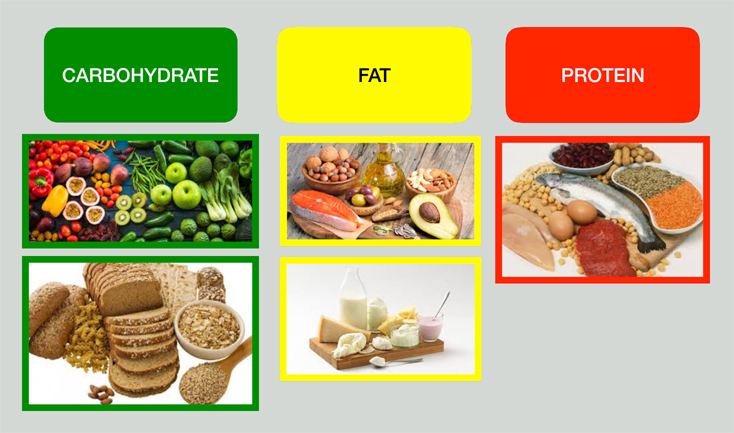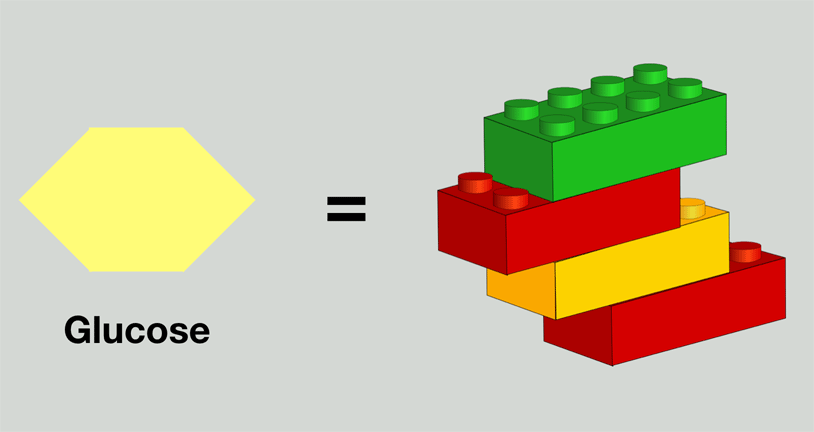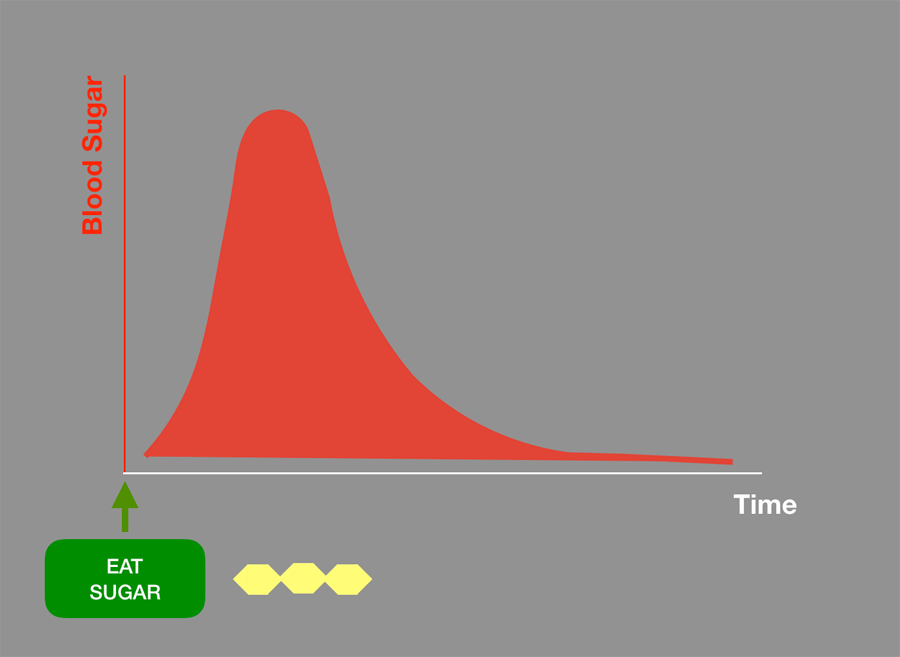What are carbs, why all carbs are not equal and why some carbs are better for you than others
There are three main constituents to the food we eat – often referred to as your ‘macros’ which is short for macronutrients. These macronutrients are FATS, PROTEINS and CARBOHYDRATES. The macronutrient I am interested in here is Carbohydrates and often we abbreviate this to ‘Carbs’.

There are then three types of Carbs. These are known as Sugars, Starches and Fibre.
SUGARS are found in foods like fruit, honey and cane sugar. All sugars taste sweet.

STARCHES are found in for example grains, cereals and the root vegetables such as potatoes and carrots. Some of these have a sweet to moderately sweet flavour.

FIBRE is found in the fleshy green vegetables that grow above ground and the husk of grains and cereals.

One thing that all Carbs have in common is that they are made up of chains of simple molecules, rather like a simple Lego set. What sets sugars, starches and fibre apart from each other is the length of the chains of these molecules.

In order for us to be able to absorb these carbohydrates, the enzymes in our digestive tract break down the chains into their smaller lego-brick-like components. The individual lego bricks are small enough to pass through the wall of the intestine into the blood; the chains are too big.

The small sugar chains are broken down quickly into their lego bricks and are therefore absorbed into the blood quickly. This causes a rapid spike in our blood blood sugar levels.

The longer starch chains take a little more time to be broken down giving a more gradual release of the lego bricks into our blood and therefore a more gradual rise in our blood sugar levels.

The longest chains of fibre are only partially broken down and much of the carbohydrate remains too big to be absorbed. This cannot therefore be absorbed and remains as fibre in our guts. This provides bulk to the waste as it passes through our digestion but more importantly provides the manure for our gut bacteria.
The speed at which the lego bricks get absorbed into the blood is key in understanding the impact that these different forms of carbohydrates have on our bodies. High levels of sugar in the blood are not good for us – the sugar molecules can start attaching themselves to other molecules, in particular the proteins, and this impairs the ability of these other molecules to perform their metabolic functions.
The next part of our story involves Insulin and what happens when Insulin goes wrong. Read there next part here.
